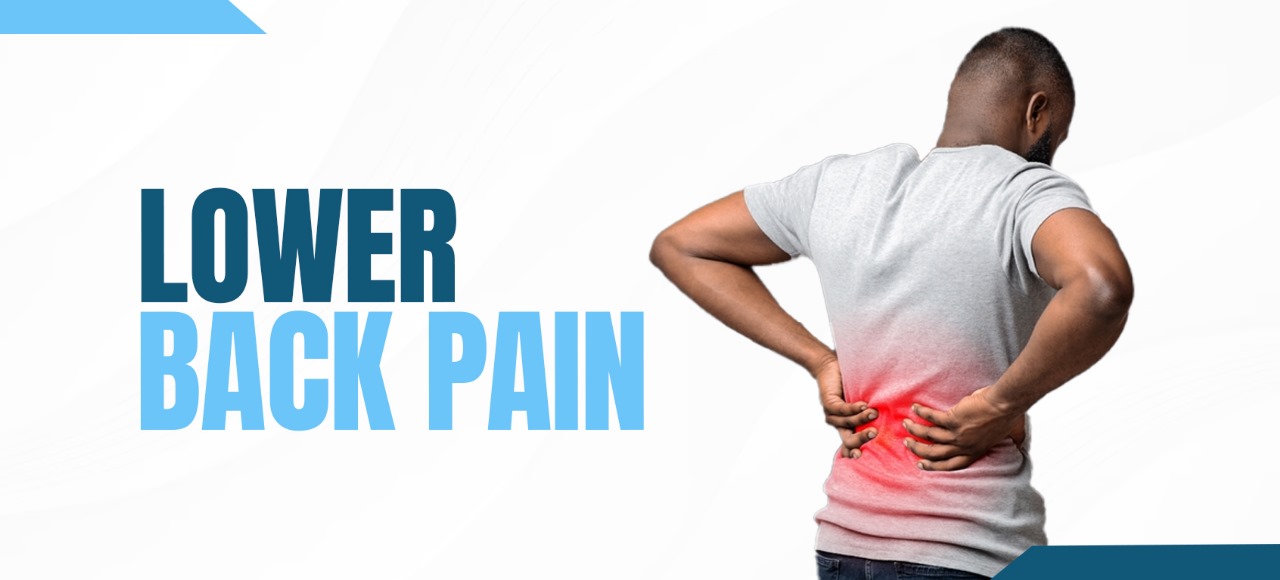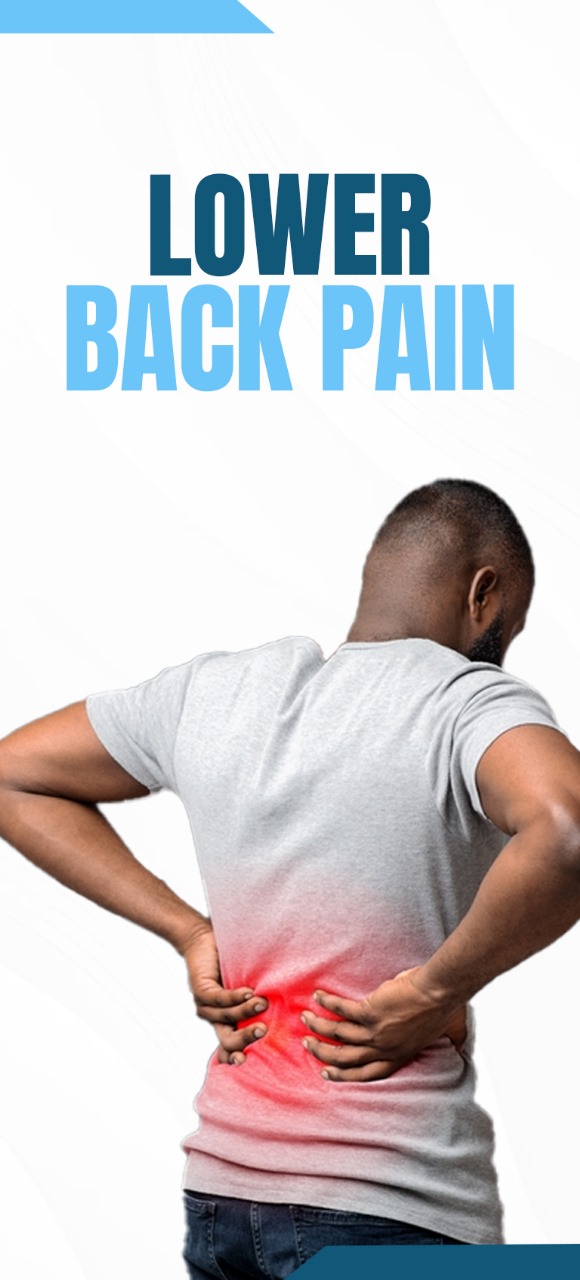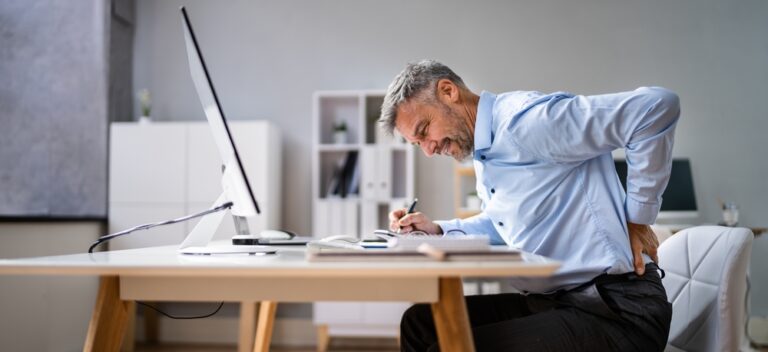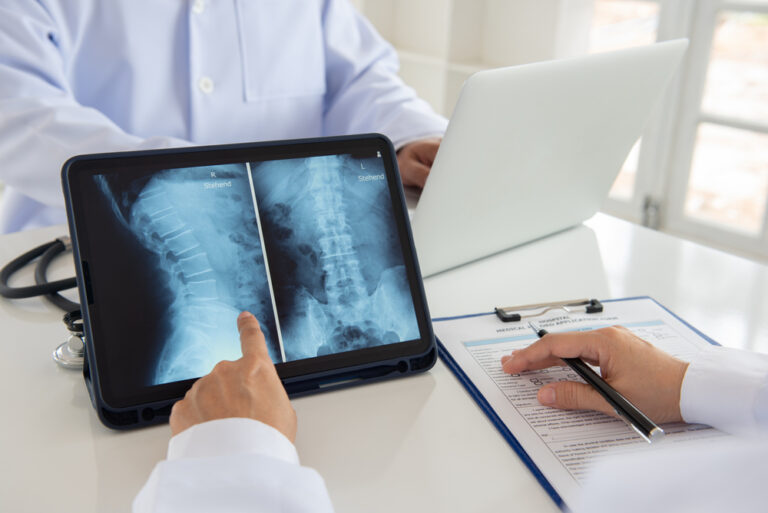

Lower Back Pain: Top Causes, Symptoms, and Proven Relief Strategies
The lower back, also known as the lumbar region, is the area just below the ribcage. Nearly everyone experiences low back pain at some stage in life, making it a leading cause of missed work in the U.S. Fortunately, it often improves on its own, but when it persists, several effective lower back pain treatment options are available with the help of a healthcare provider or Lower Back Pain Specialist.
About Us

Dr Priyank M. Patel, a leading Spine Specialist Doctor in Thane, specializes in both surgical and non-surgical treatments for spine disorders, with a focus on spine tumours. As one of the youngest independent surgical consultants in India, he is affiliated with a top hospital in Mumbai and has extensive international training in advanced spine procedures. Although skilled in surgery, Dr. Patel advocates for conservative treatments when possible, emphasizing an active lifestyle and corrective exercises. He has treated professional athletes and is recognized globally, frequently speaking at international spine conferences.

Common Causes of Upper Back Pain
Left Side Upper Back Pain Causes
If you feel left Side Upper Back Pain Causes, it could be due to several reasons. The most common cause is muscle strain from poor posture, especially if you sit for long periods at work or home. However, more serious issues like heart or lung problems can also cause pain on the left side of your upper back. It’s important to pay attention to the pain and get it checked if it doesn’t go away.
Upper Left Back Pain Causes
Upper left back pain can also happen because of injuries, overuse of muscles, or stress. It could result from lifting something heavy or twisting your body the wrong way. In some cases, it could be related to issues with the spine, like a pinched nerve or herniated disc.
Upper Right Back Pain
Similar to left side pain, upper right back pain may be caused by muscle strain or spinal issues. However, it could also indicate problems with internal organs, such as the gallbladder or liver. If the pain feels sharp or intense, it’s best to see a Spine doctor for an accurate diagnosis.
How to Treat Upper Back Pain at Home
Upper Back Pain Exercises
One of the most effective ways to relieve upper back pain is through exercises that stretch and strengthen your back muscles. Here are some upper back pain exercises you can try:
- Cat-Cow Stretch: This yoga stretch helps improve mobility in your spine and can relieve tension in the upper back.
- Child’s Pose: Another yoga pose, this helps stretch the muscles in your upper back and provide relief from pain.
- Thoracic Extension: This exercise helps improve posture and reduces tightness in the upper back area.
Adding these exercises to your daily routine can reduce tension and help prevent upper back pain in the future.

When Should You See a Doctor for Upper Back Pain?
In most cases, upper back pain can be managed at home with exercises, rest, and lifestyle changes. However, some symptoms might indicate a more serious condition, and you should consult a doctor if:
- You have upper back pain on the left side or right side that doesn’t improve with rest.
- The pain is accompanied by other symptoms like shortness of breath, fever, or chest pain.
- You feel numbness or tingling in your arms or legs.
- The pain came suddenly after an injury, like a fall or car accident.
Preventing Upper Back Pain
Improve Your Posture
A major cause of upper back pain is poor posture, especially for people who sit at desks for long hours. To prevent upper left back pain or upper right back pain, follow these posture tips:
- Sit up straight with your shoulders relaxed but back.
- Keep your feet flat on the floor while sitting.
- Take breaks to stretch and walk around if you sit for long periods.
Stay Active
Regular physical activity can strengthen your back and core muscles, which helps support your spine and reduce the chances of getting upper back pain. Exercises like yoga, swimming, and strength training are excellent for keeping your back muscles healthy.
Manage Stress
Stress can lead to muscle tension, which often results in upper back pain. Practicing stress-relief techniques like deep breathing, meditation, or even a simple walk can help ease muscle tension and prevent pain.
Conclusion
Upper back pain, whether it’s on the left side or right side, can be uncomfortable and disrupt your daily life. However, understanding its causes and following simple exercises can help you relieve the pain and prevent it from coming back. If the pain doesn’t go away or gets worse, don’t hesitate to consult a healthcare professional to get the right diagnosis and treatment.
Frequently Asked Questions
The most common upper back pain causes include muscle strain from poor posture, injuries, overuse, and spinal conditions like herniated discs or pinched nerves. In some cases, pain on the left side or right side of the upper back can be related to internal organ issues, such as heart, lung, liver, or gallbladder problems.
Upper back pain on the left side can be caused by muscle strain, poor posture, or injury. It can also be related to more serious conditions, such as heart or lung problems. If the pain persists or is accompanied by other symptoms like shortness of breath, it’s important to consult a doctor.
Upper back pain on the right side is often caused by muscle strain or poor posture, but it could also be linked to issues with the spine, such as a herniated disc. Sometimes, it can be a sign of problems with internal organs like the gallbladder or liver.
Simple upper back pain exercises like the Cat-Cow stretch, Child’s Pose, and thoracic extension can help stretch and strengthen your upper back muscles. These exercises improve posture, reduce muscle tension, and prevent pain from recurring.
Yes, poor posture is one of the leading upper back pain causes. Sitting for long periods with a hunched back or slouched shoulders can strain the muscles and spine, leading to discomfort in the upper back.
To prevent upper back pain, maintain good posture, stay active with regular exercises that strengthen your core and back muscles, and manage stress levels to avoid muscle tension. Stretching throughout the day and taking breaks from sitting can also help.
Yes, stress can lead to muscle tension, especially in the back and shoulders, which may result in upper back pain. Practicing relaxation techniques like deep breathing or meditation can help relieve stress and reduce muscle tightness.
Most cases of upper back pain are due to muscle strain or posture issues and can be treated with exercises and rest. However, if the pain is severe, persistent, or accompanied by other symptoms like difficulty breathing, it could be a sign of a more serious issue, and you should see a doctor at spine clinic .
In some cases, upper back pain may be related to conditions like herniated discs, pinched nerves, or internal organ issues, such as heart or lung problems. Left side upper back pain could be a sign of heart-related issues, while upper right back pain could be linked to liver or gallbladder conditions.
